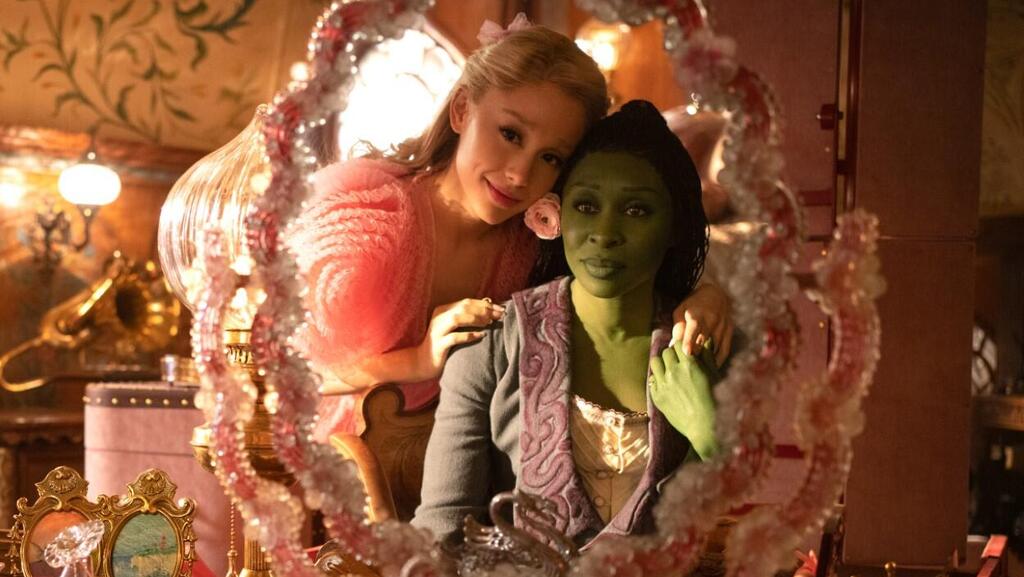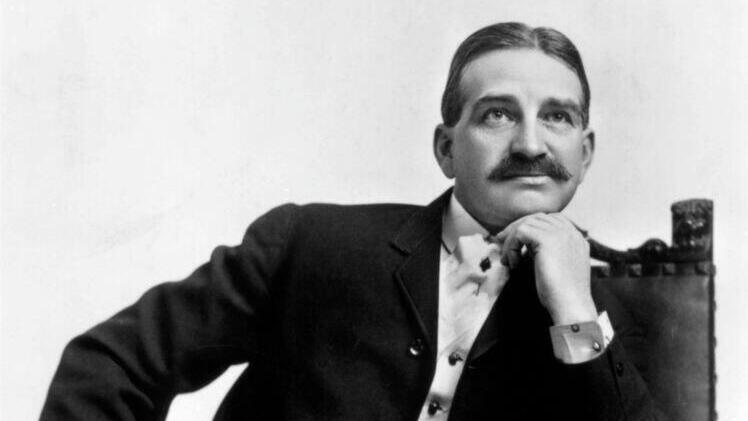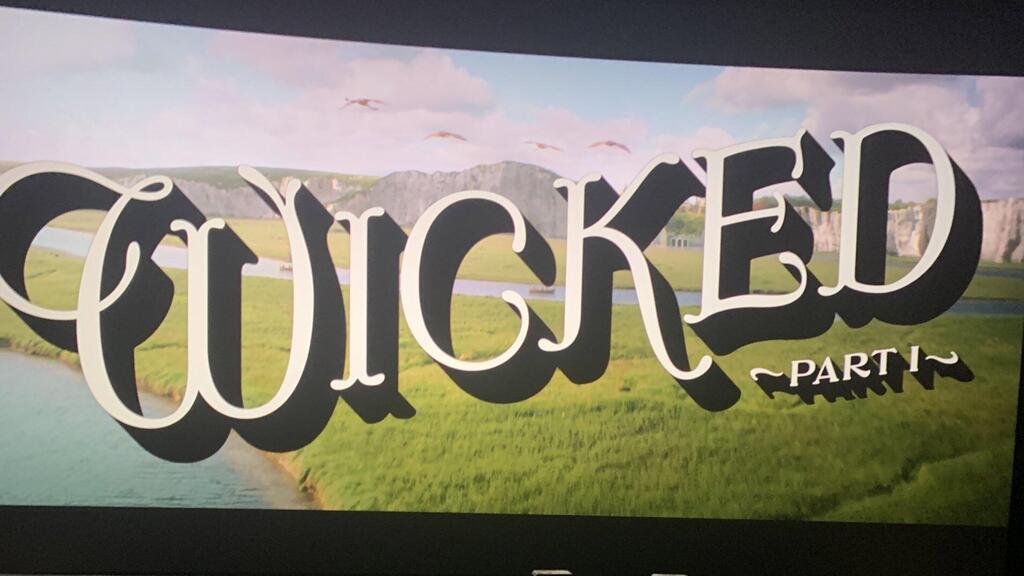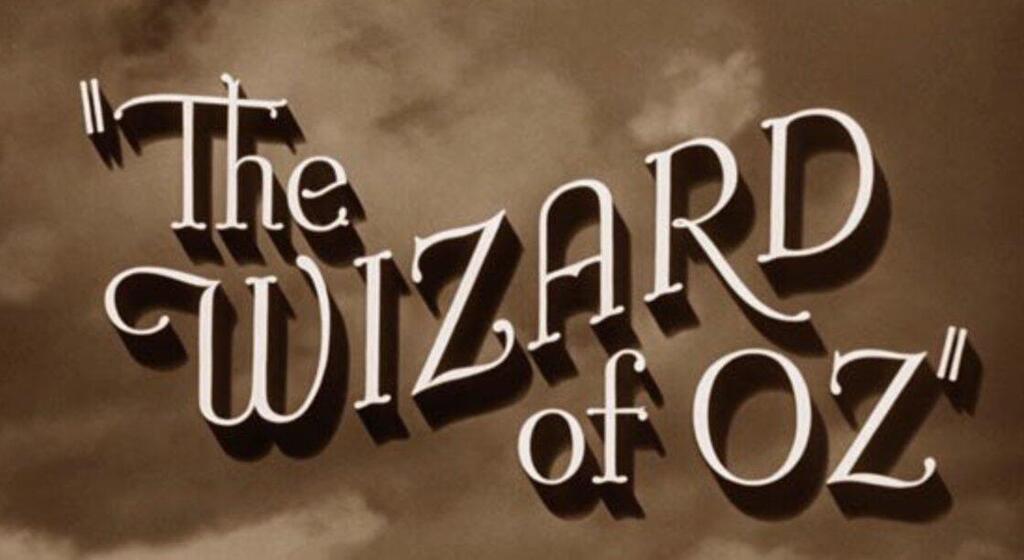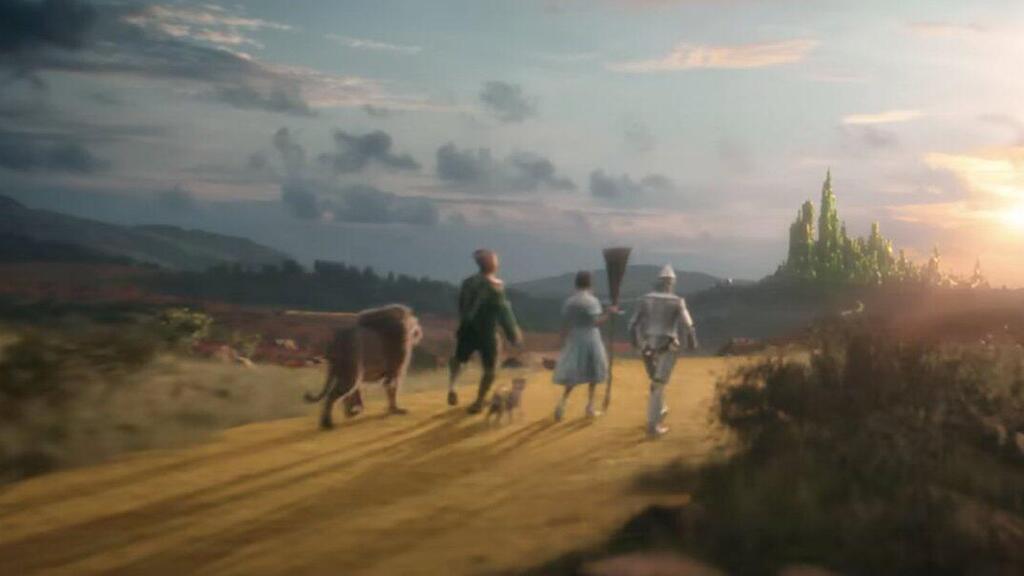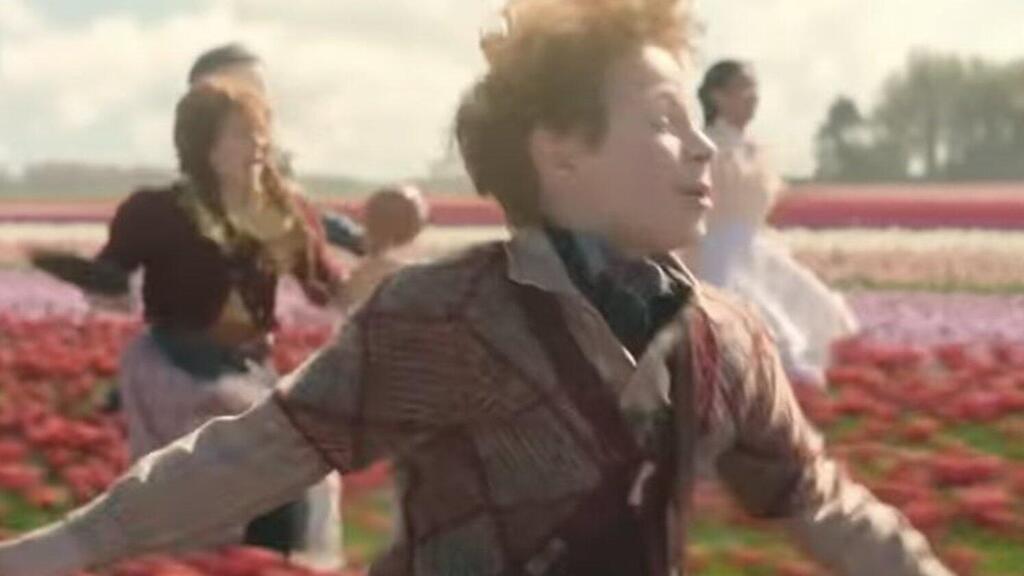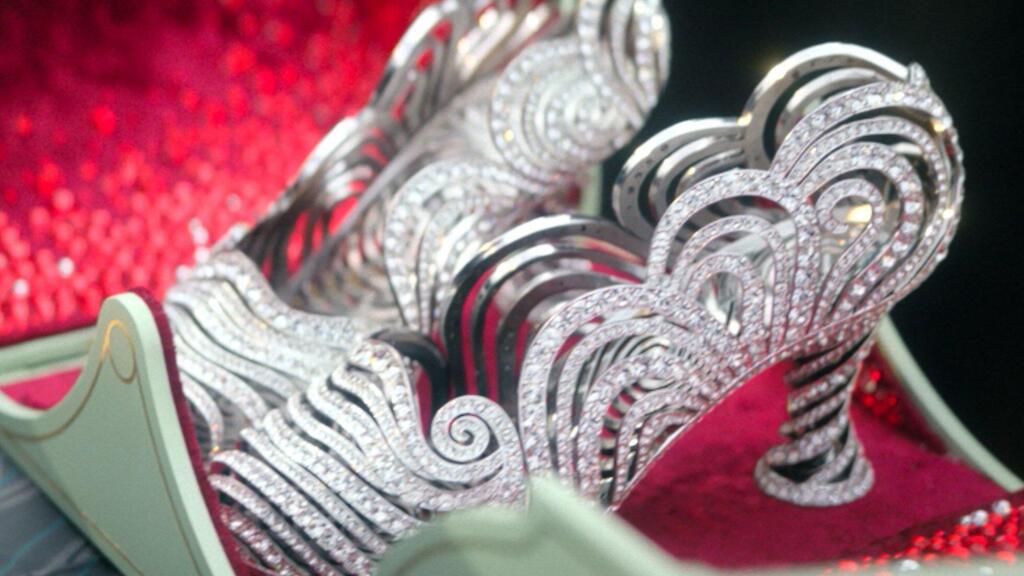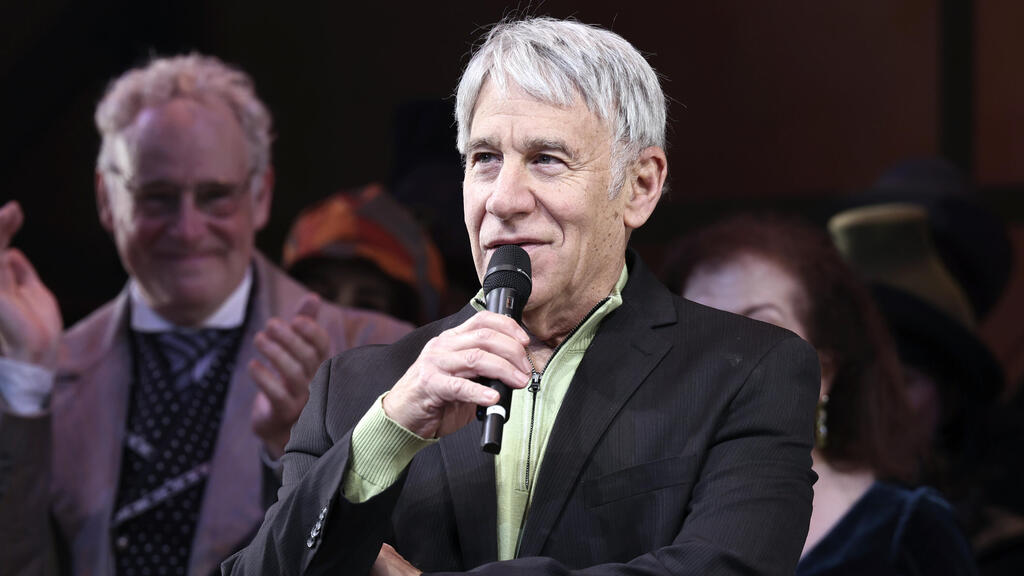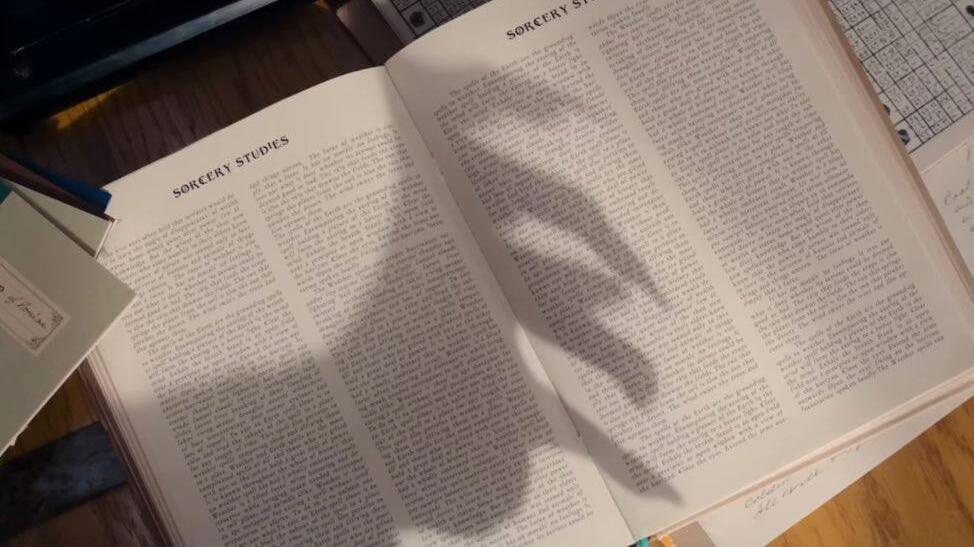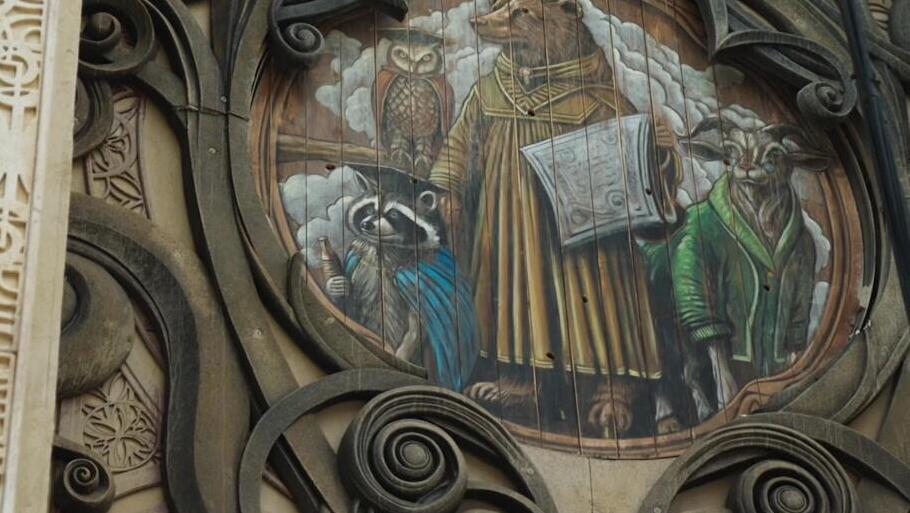Getting your Trinity Audio player ready...
"Wicked", the most talked-about movie of the season, continues to paint the world in shades of green (and pink), breaking numerous viewership records and drawing millions of viewers in the U.S. and across the globe.
If you've already watched the first part of this cinematic musical and were swept away by its charm, this article is for you. Here are 15 Easter eggs featured in the first film — subtle clues planted throughout the movie for devoted fans to spot, especially those familiar with The Wizard of Oz story, the popular Broadway musical and the current cinematic adaptation.
Note: If you haven't yet watched the movie, be warned that this article contains plenty of spoilers about the plot of the first installment, with the second slated for release in November 2025.
Elphaba's name
While Glinda, the good witch's name, is taken from the original story, The Wizard of Oz (with a slight pronunciation tweak, as her character emphasizes in the film), Elphaba's name (borrowed from Gregory Maguire's 1995 novel Wicked) is a tribute to the original work's author, L. Frank Baum. The initials LFB form "Elphaba."
The Universal logo and the MGM reference
The current Universal Studios logo was replaced with a vintage one — the same design featured in the original 1939 cinematic release of The Wizard of Oz. Additionally, the film's opening title, appearing at the end of the first song, “No One Mourns the Wicked”, is styled in a font and design reminiscent of the classic movie.
Dorothy and her friends
At the start of the movie, as the camera pans toward the Land of Oz, four familiar characters can be spotted: Dorothy, the Tin Man, the Scarecrow and the Lion, on their way to see the Wizard.
Since the opening scene takes place during an advanced stage of the plot, which hasn't yet been fully explored in the first part, this serves as a hint of what's to come. In fact, you might have already encountered some of them.
Somewhere over the rainbow
Alongside the astronomical nine million tulips planted in every color of the rainbow for the film’s production, including the opening scene showcasing the fields of Oz, there are additional nods to The Wizard of Oz’s iconic song “Somewhere Over the Rainbow”, famously performed by Judy Garland.
In The Wizard and I, Elphaba imagines herself in a field with a rainbow on the horizon and bluebirds flying in the sky ("Bluebirds fly"). Musical references to the classic tune also appear in Defying Gravity, where a tribute to Somewhere Over the Rainbow can be heard when she sings the word “Unlimited.”
‘A celebration throughout Oz that’s all to do with me’
Much like Elphaba’s powers to foresee the future, the song “The Wizard and I” is somewhat prophetic. In it, she sings, "I’ve just had a vision, almost like a prophecy… a celebration throughout Oz that’s all to do with me." This prediction is fulfilled in the opening song, “No One Mourns the Wicked”, where the citizens of Munchkinland celebrate her death with great fanfare.
‘Ding-dong, the witch is dead!’
The opening scene features additional musical Easter eggs, including the melody of the well-known victory song “Ding-Dong, the Witch Is Dead!” as the Munchkin children run through the fields.
Nessarose’s shoes
Everyone knows Dorothy’s red ruby slippers from The Wizard of Oz. However, in the original story, those gem-encrusted shoes were actually silver. Nessarose’s shoes, a gift from her father and previously belonging to her mother, will eventually end up with Dorothy, making them one and the same pair.
A hint of this is embedded in the modern design of the shoe's heel, which resembles a tornado. Another nod to Dorothy’s shoes appears in the song “Popular”, where Glinda pulls out a pair of red, gem-encrusted shoes for Elphaba’s makeover.
Ariana Grande’s ‘Popular’ moment
Director Jon M. Chu was initially skeptical about casting Ariana Grande as Glinda. The singer needed to shed her pop star persona and signature vocal style to embody the good witch’s character. Grande herself wanted to focus entirely on the role, apart from one moment.
At the suggestion of composer and musical arranger Stephen Schwartz, Grande allowed herself to inject a touch of her airy pop and R&B vocal flair during the end of Popular, channeling her personal style in a subtle nod.
Glinda's parents
While Glinda’s parents are not present in the original musical — mentioned only in the letter she writes them in “What Is This Feeling” ("Dearest Momsie and Popsicle") — the cinematic adaptation gives them brief screen time. Glinda’s mother is portrayed by Alice Fearn, a West End cast member who previously played Elphaba.
Notable cameos
The most exciting cameos are, of course, Idina Menzel and Kristin Chenoweth, who originated the roles of Elphaba and Glinda in the original musical. The two appear during “One Short Day” and even have a new musical moment.
But they’re not the only surprises in this number. Composer Stephen Schwartz appears as one of the guards in the "Emerald City, ushering Elphaba and Glinda to the Wizard. Joining him is Winnie Holzman, the musical’s lyricist, who praises the Wizard’s supposed reading abilities with the Grimmerie.
Madame Morrible’s weather control
When Elphaba receives her invitation from the Wizard, it begins to rain. Madame Morrible takes out an umbrella and tells Elphaba, "You mustn't get wet... not when you're on the brink of greatness."
This scene carries two hints: the first nods to the infamous rumor that water can melt the Wicked Witch of the West, as sung by the citizens of Oz in the opening number and as seen in The Wizard of Oz when Dorothy douses her with a bucket of water.
The second hint lies in Madame Morrible’s ability to manipulate the weather. In the film’s climactic “Defying Gravity” number, the skies turn dark and stormy — possibly another act of Morrible’s interference rather than Elphaba’s doing.
The shadow of the Wicked Witch of the West
During a private lesson with Madame Morrible, Elphaba struggles to lift a coin using only her mind. As she raises her hands in frustration, their shadow falls across her textbook, evoking the iconic silhouette of the Wicked Witch of the West from the 1939 film.
Animals and the history of Oz
In a university scene, Elphaba loses control while defending her sister Nessarose, causing chaos. A plaque falls from the wall and shatters, revealing a depiction of animals who founded the school beneath a smiling portrait of the Wizard. This foreshadows the Wizard’s efforts to erase the animals' contributions and rewrite history without them.
Bicycle riding
The scene where Elphaba and Fiyero ride bicycles, with the rescued lion cub sitting in a basket, pays homage to Margaret Hamilton’s Wicked Witch of the West from The Wizard of Oz. In the Kansas sequences, Hamilton’s character, Almira Gulch, also rides a bike with Toto in the basket. This moment is further underscored by the famous Wicked Witch theme playing softly in the background.
Get the Ynetnews app on your smartphone: Google Play: https://bit.ly/4eJ37pE | Apple App Store: https://bit.ly/3ZL7iNv
The Wizard from Nebraska
In the “Wizomania” segment of “One Short Day”, when the citizens of Oz describe how the Wizard came to their land, a hologram shows him “reading” from the Grimmerie. However, it’s revealed later that the Wizard cannot actually read the book — he merely repeats the words “O-ma-ha!”
This is a reference to Omaha, Nebraska, where the Wizard hails from, arriving in Oz by hot air balloon. The film also includes suitcases labeled “Nebraska.” This scene draws heavily from the stage production, incorporating dancers and design elements inspired by the musical.


